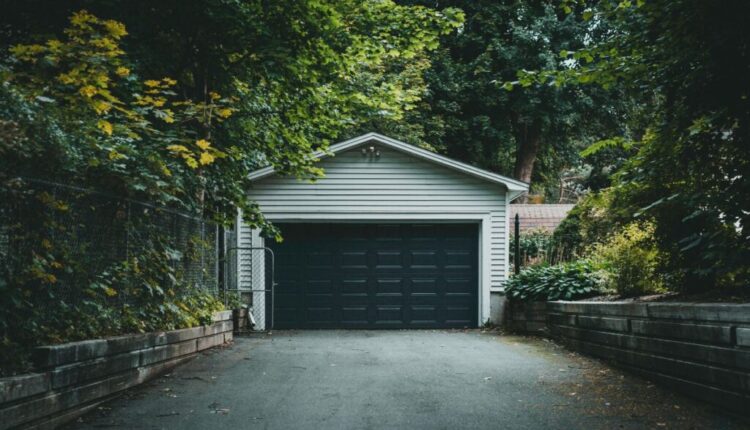6 Helpful Areas to Declutter for a More Thorough Spring Cleaning
Inside: Learn helpful areas to declutter for a more thorough spring cleaning in your home.
A guest post by Evelyn Long
The spring season provides a great opportunity for resetting your home.
In the spring cleaning process, most people focus on the obvious tasks, like dusting shelves, cleaning floors, and washing windows.
And those types of tasks are helpful but it’s not just about tidying up; it’s about creating a fresh, calm environment that supports your productivity and well-being.
The best way to fully reset your space this spring is by decluttering. Letting go of excess creates space, not only in your home but in your life.
In this post, we’ll explore 6 helpful areas to declutter for a more thorough spring cleaning.
These are spaces that can get overlooked but make a big difference in creating a serene, organized environment.
6 Areas to Declutter for a More Thorough Spring Cleaning
Do you use a spring cleaning checklist? If so, don’t forget to include these areas to declutter for a more thorough spring cleaning.
1. The Garage
For many families, the garage functions as a multipurpose space — part storage unit, part workshop, and sometimes, a parking spot. It’s easy for this area to become overrun with sports equipment, half-finished projects, and random odds and ends.
Here are practical steps to declutter your garage and take back control of your space:
- Switch to clear plastic bins: Clear bins are more durable than cardboard boxes and allow you to easily see what’s inside, saving time and effort.
- Empty and categorize: Take everything out and sort items into categories — automotive supplies, seasonal décor, tools, and sports gear. Seeing everything laid out helps you assess what’s worth keeping.
- Use vertical space: Install shelves, hooks, and ceiling-mounted racks to maximize floor space. Use wall-mounted pegboards to organize tools.
- Apply the “use it or lose it” rule: If an item is seasonal, ask if you’ve used it in the last three seasons. For year-round use, check if it’s been used in the previous three months. If not, it may be time to let it go unless it serves a special purpose.
- Create easy-access zones: Designate areas for frequently used items — like bicycles or lawn tools — so you can find them quickly.
- Rotate seasonal items: Swap out seasonal items — like holiday decorations and camping gear — for in-season items. Store out-of-season things in harder-to-reach areas to keep everyday essentials accessible.

2. Hall Closets
Hall closets are small but mighty spaces that can easily turn chaotic if not maintained. From random cleaning products to piles of shoes, these narrow storage spots need regular attention to stay functional.
Here’s how to declutter your closet and get it into shape:
- Purge with purpose: Remove items you no longer use. Be honest about what you need and donate the rest.
- Maximize vertical storage: Use door-mounted organizers for shoes, cleaning supplies, or small accessories.
- Create sections: Dedicate shelves or bins to categories like winter gear, cleaning tools, or guest linens.
- Rotate seasonally: Keep only the current season’s essentials in easy reach and store out-of-season items elsewhere.
- Implement quick fixes: Add hooks or over-the-door racks for grab-and-go convenience.
- Use clear bins for visibility: Store smaller items in clear bins to keep things visible and prevent messy piles from forming.
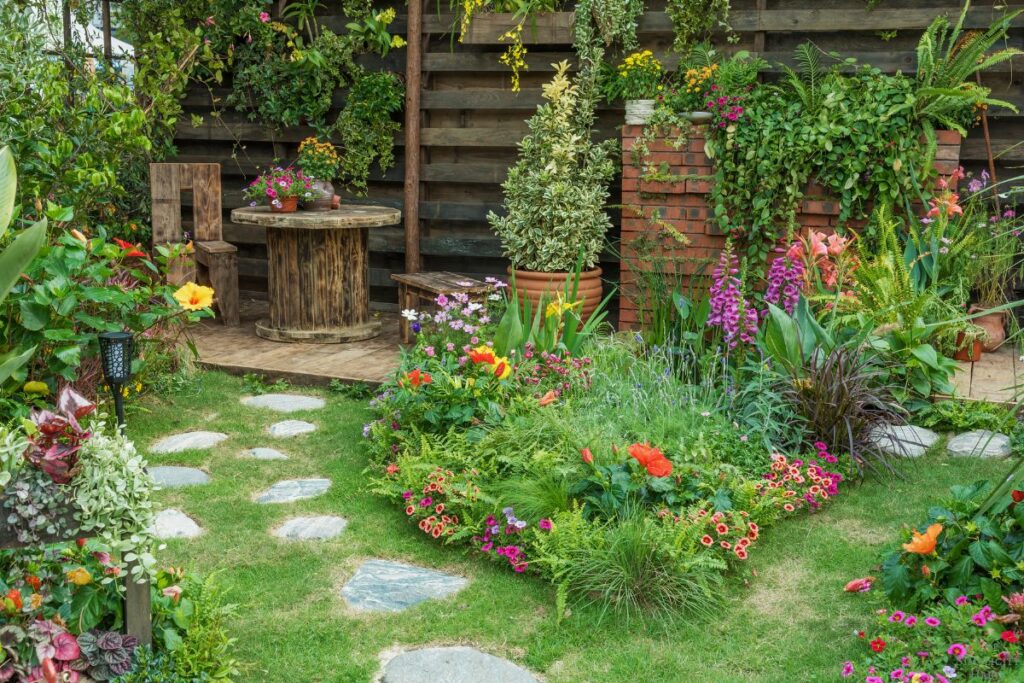
3. Backyard and Garden Areas
Between broken planters, overgrown garden beds, and forgotten tools, outdoor spaces can easily become cluttered.
To refresh your backyard and garden, follow these steps:
- Tackle debris first: Clear out broken branches, overgrown plants, and any yard waste. If you have a compost bin, use it for organic debris.
- Assess your garden tools: Are there duplicate or broken tools taking up space? Donate working items or recycle worn-out pieces.
- Revive your garden beds: Remove dead plants and weeds, then lay down wood chip mulch — a popular gardening material that suppresses weeds and retains soil moisture.
- Organize outdoor storage: Use a weatherproof shed or outdoor cabinet to keep garden tools and seasonal items organized.
- Inspect play equipment and furniture: Repair outdoor furniture and children’s play equipment or safely discard anything beyond use.
- Evaluate unused spaces: If you have areas you no longer use — like an abandoned garden bed or disused patio furniture — decide whether to repurpose, clean up or remove them entirely.
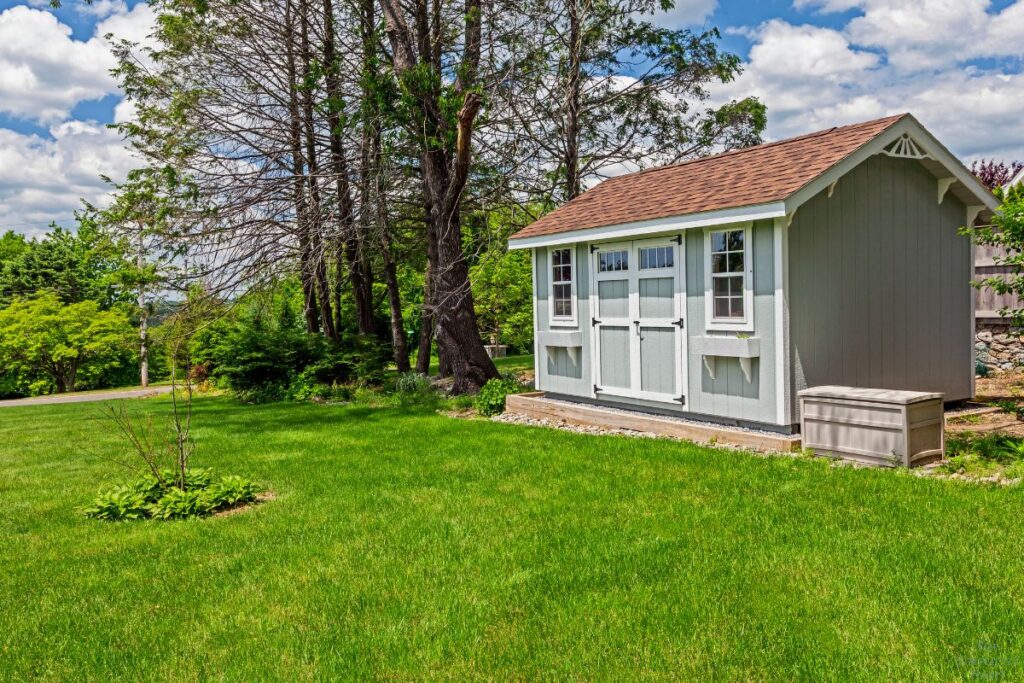
4. The Shed
Garden sheds are often the last place homeowners think to declutter, but when left unchecked, they can quickly become a dumping ground for anything that doesn’t have a home.
Here’s how to get your shed in shape:
- Clear it out completely: Pull everything outside so you can assess the space and what’s inside.
- Sort by season: Group items — like holiday decorations and summer gardening tools — by season to make future access easier.
- Hang what you can: Install hooks and racks to hang larger tools like rakes and shovels. This keeps the floor clear.
- Store hazardous materials safely: Check local regulations for proper disposal of old paint and chemicals, and never leave hazardous materials out in the open.
- Protect delicate supplies: Use airtight receptacles to store seeds, and make sure both the seeds and container are dry to avoid spoilage.
- Implement the “one-in, one-out” rule: Each time you bring a new item into the shed, aim to remove something else to prevent future clutter.

5. The Attic
Attics are prime real estate for long-term storage, but over time, they often become a disorganized catch-all. While this might seem harmless, unchecked clutter can lead to pest infestations, fire hazards, and difficulty accessing important keepsakes.
To declutter your attic and reclaim your space, try these strategies:
- Inventory your items: Document what’s in your attic as you sort through it. This can help you track what you already own and prevent duplicate purchases.
- Embrace storage zones: Designate specific zones for holiday items, family heirlooms and other categories.
- Use vacuum-sealed bags: These are perfect for compressing seasonal clothing and linens while keeping them fresh and protected from dust.
- Keep pathways clear: Arrange stored items along the walls and leave a walking path for easy access.
- Label everything: Clearly label bins and boxes so you can quickly locate items without digging through everything.
- Inspect annually: Make attic checks a yearly routine to ensure nothing is deteriorating, leaking, or gathering dust.
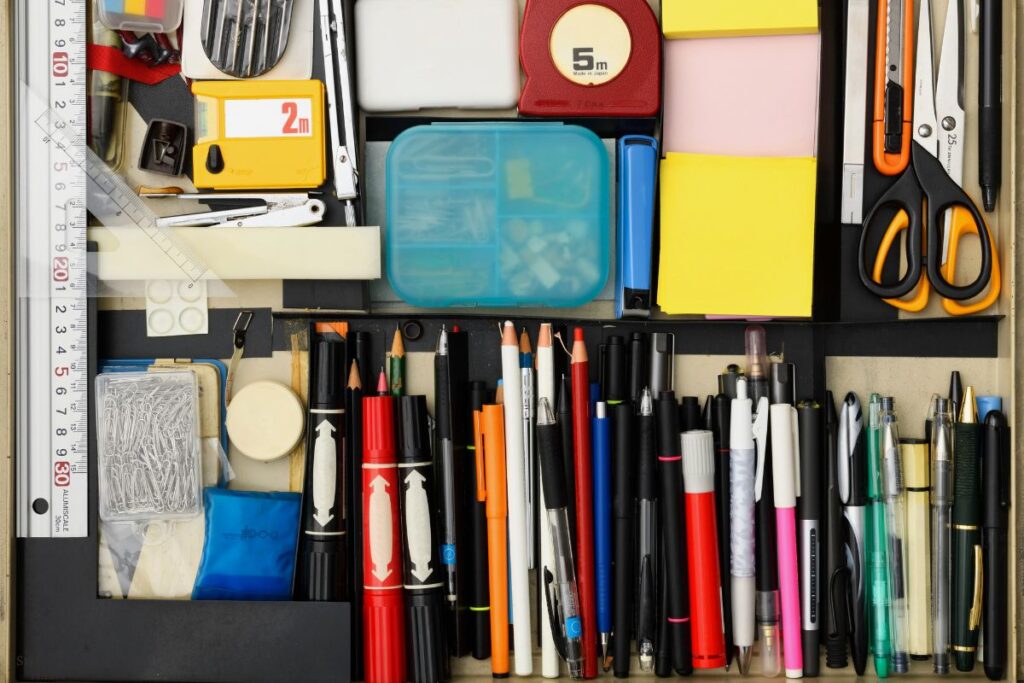
6. Junk Drawers
Almost every home has at least one junk drawer. And they’re typically a source of hidden clutter with a mishmash of batteries, random screws and expired coupons. While it’s easy to ignore, an organized junk drawer saves time when you’re hunting for small but essential items.
Here’s how to declutter your junk drawer:
- Empty and sort: Dump everything out and separate items into keep, toss, and relocate piles.
- Use drawer dividers: Compartmentalize small items like pens, rubber bands, and paper clips using adjustable drawer dividers.
- Limit duplicates: Keep only the essentials — do you really need five pairs of scissors?
- Label sections: Use labels to mark different sections so family members can maintain the organization method themselves.
- Review regularly: Make a habit of sorting through your junk drawer every few months to prevent clutter from creeping back in.
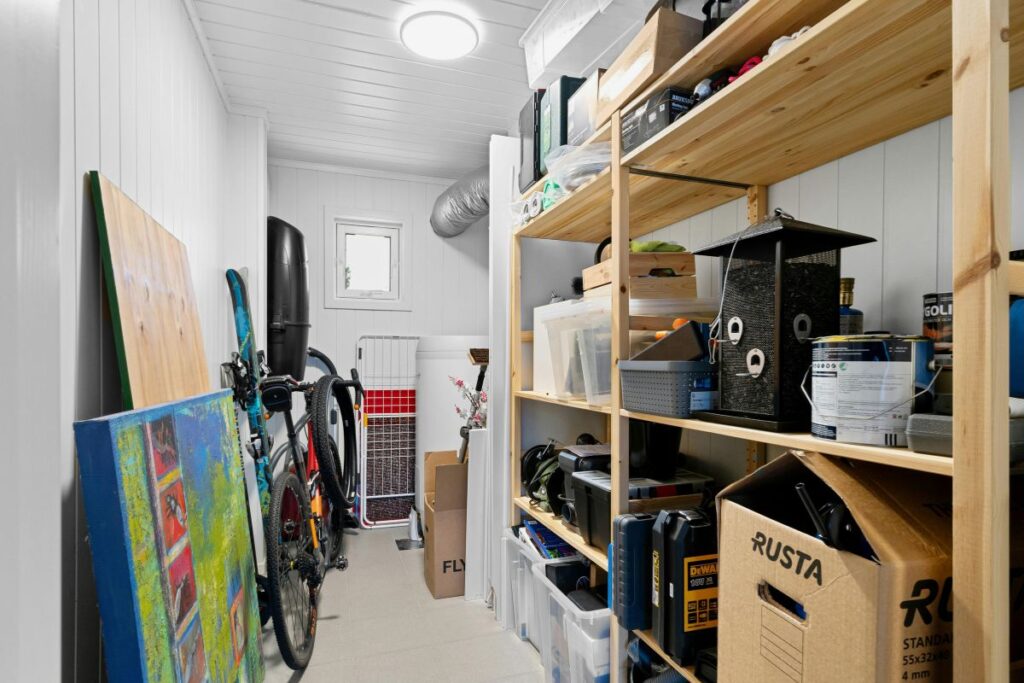
Take Control of Clutter One Space at a Time
To make decluttering less daunting, break it down into micro categories to create more manageable steps as you tackle one area at a time.
Out of sight shouldn’t mean out of mind. Even spaces you rarely think about can have a big impact on how your home functions.
If you start small and stay consistent, you’ll be surprised by how much lighter and more spacious your home feels.

Evelyn Long is a home organization writer who helps homeowners and renters maintain a neat space through innovative decluttering tips. She has written for several other publications, including the National Association of Realtors and DecorMatters. She is also the editor-in-chief of Renovated Magazine, where she shares additional tips on decluttering and home organization.

